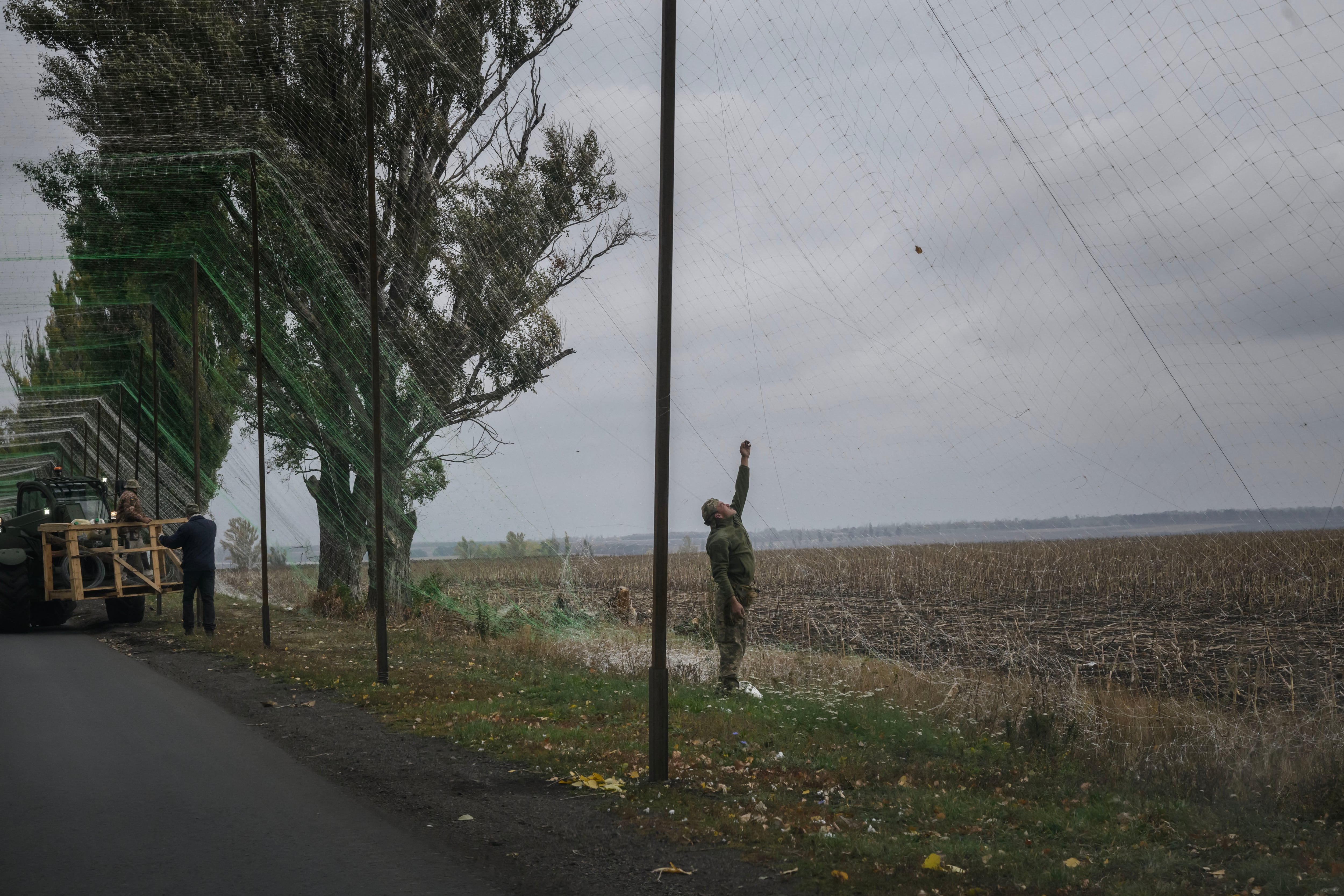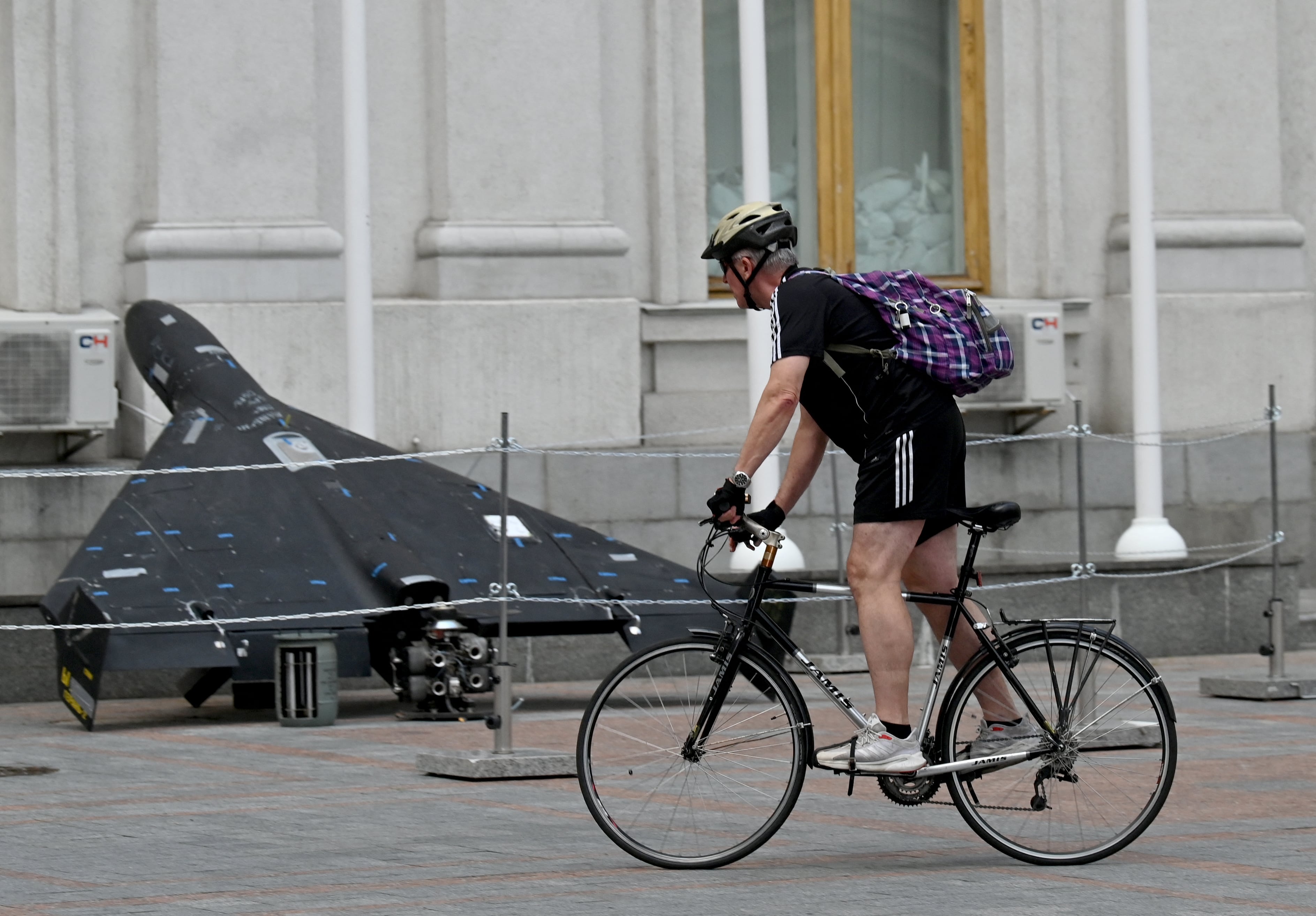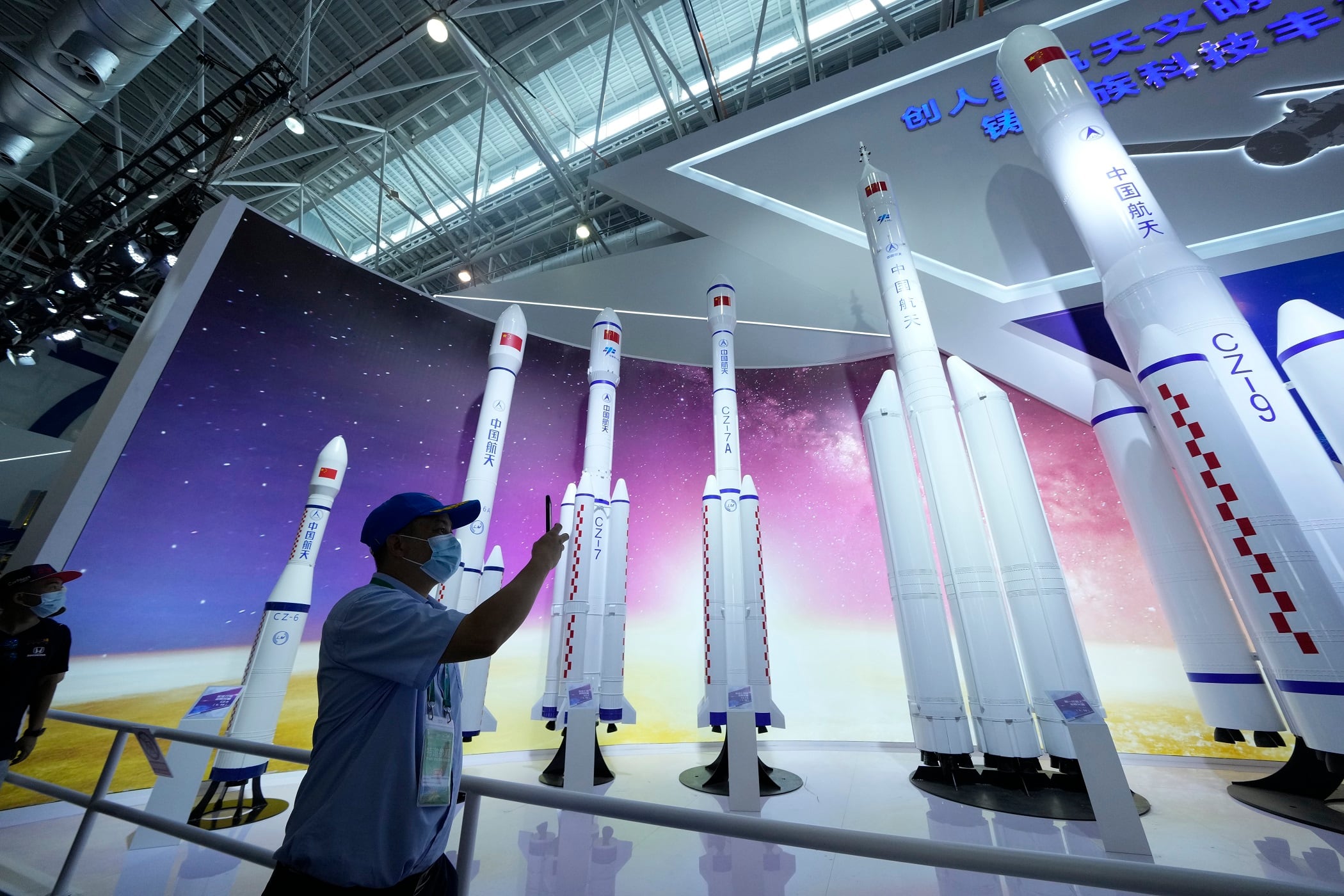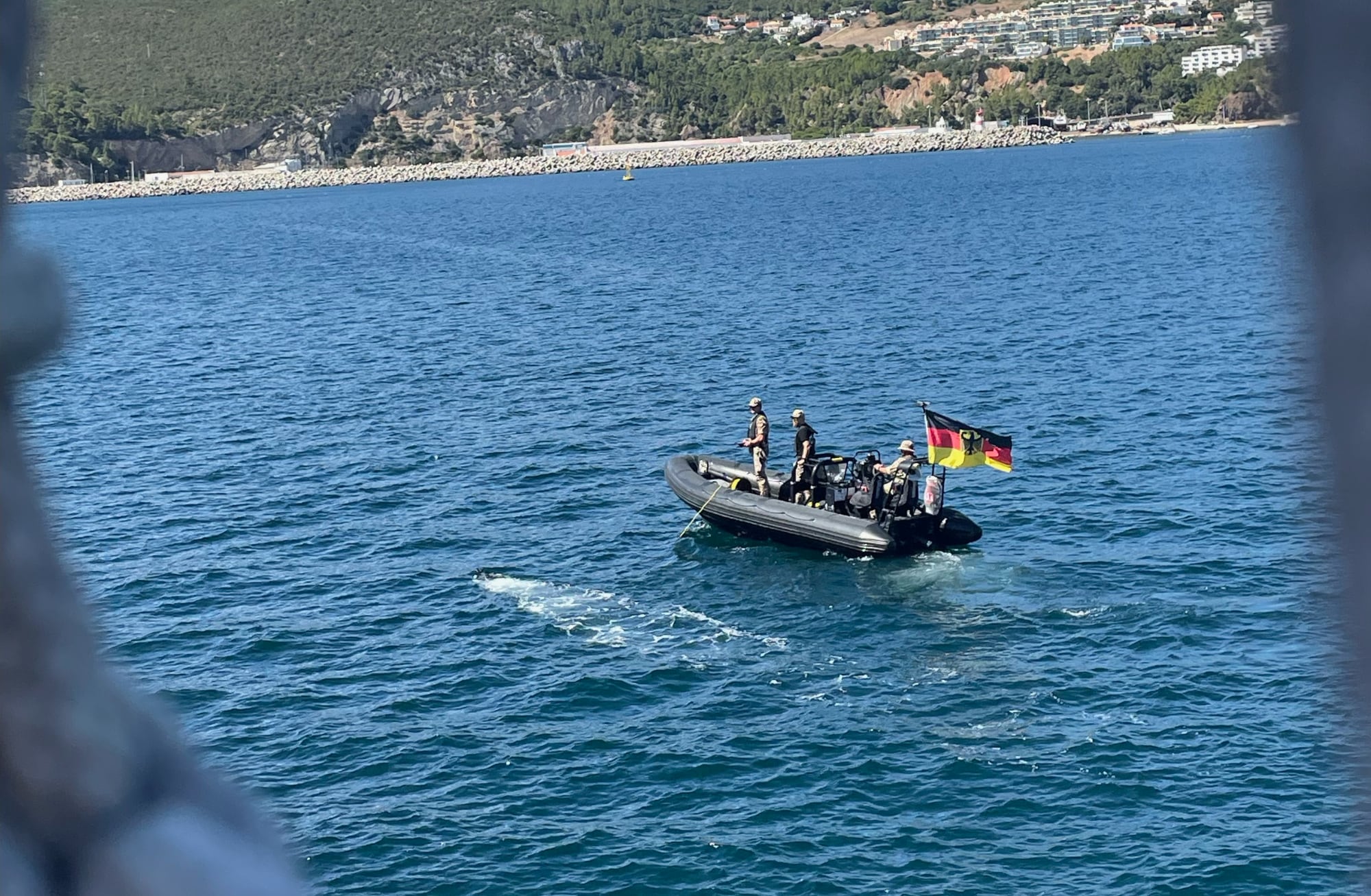MILAN — Western countries scrambling to counter rising aerial threats should move beyond the simple stockpiling of countermeasures and adopt Ukraine’s faster, cheaper and battle-tested drone warfare model, experts say.
At the Warsaw Security Forum, organized in the Polish capital on Sept. 29-30, Ukrainian President Volodymyr Zelenskyy proposed to his NATO partners that they build a “joint, truly reliable shield” against Russian aerial threats, stating that he stood ready to offer advice.
Several European countries have recently become the target of suspicious, unidentified drone activities near critical infrastructure, which has prompted the European Union to flirt with just such an idea: a defensive “wall” against drones that would build on Kyiv’s amassed knowledge.
Experts say that while foreign militaries are not required to copy all Ukrainian tactics, they should still integrate key know-how shared with them, starting with the ability to build defensive systems quickly.
“No one should be thinking they can store millions of drones [or countermeasures], they can’t just store them in a warehouse, and even if they did, they shouldn’t expect them to be useful given how quickly things are evolving,” Scott Boston, senior defense analyst at RAND, said.
“The Ukrainian way is cheaper, faster and being live-tested against an active adversary, as well as the insights from the electromagnetic spectrum are hugely relevant, since Russia is frequently adjusting and introducing new electronic-warfare techniques,” he added.
In a recent speech, Zelenskyy reported that Kyiv’s potential in the drone and missile production sector will reach $35 billion in 2026, with approximately 40% of the weapons currently deployed on the frontlines manufactured locally or with the participation of local companies.
One area of knowledge transfer that would benefit Western forces is the operationalization of counter-drone systems, both at a tactical and higher-command level.
That means integrating counter-drone capabilities into existing military units, as some countries have already begun doing, and spreading the responsibility to engage drones throughout the force.
Federico Borsari, non-resident fellow at the Center for European Policy Analysis, notes that Ukraine has gained experience about optimal combinations of sensors and interceptors, such as low-cost guided rockets, wide-band jamming and anti-aircraft guns cued by a multispectral grid of sensors.
Knowledge transfer
Following drone incursions last month, both Poland and Denmark opted to call in Ukrainian experts to help them train their troops better in responding to these incidents.
According to Yevgeniya Gaber, non-resident senior fellow at Atlantic Council, such visits constitute a practice that could become more widespread as a means to transfer knowledge.
“No simulation, exercise or observation can replicate what happens when thousands of drones, missiles, and EW systems operate simultaneously in a real war environment – for operational learning, Ukrainian instructors and drone operations can help to train [other] European forces,” she said.
She highlighted that it will also be crucial to include visits to Ukraine so European drone apprentices gain a concrete understanding of the way counter-drone systems operate in combat.
In the short term, experts say this partnership could play out through direct industrial cooperation and investing into Ukrainian capabilities to ramp up production of proven systems.
For European companies, accessing Ukrainian performance data gleaned from combat engagements will be hugely valuable for tweaking their own technologies, said Borsari.
“But for this to happen, there need to be incentives in place regarding joint market opportunities and the safeguard of intellectual property,” he added.
The EU recently committed to spending a total of €2 billion on drones with Ukraine, a potential win-win situation that would allow the war-torn country to scale up its manufacturing and the bloc to benefit from the technology.
Their collaboration could also entail co-developing new systems with Ukrainian engineers or investing in them at the design stage, Gaber said.
Things are already moving in that direction. Denmark and Ukraine signed an agreement on Oct. 6 that will allow Ukrainian defense firms to set up joint production in the Nordic nation, a move that is meant to come with technology exchange baked in.
Elisabeth Gosselin-Malo is a Europe correspondent for Defense News. She covers a wide range of topics related to military procurement and international security, and specializes in reporting on the aviation sector. She is based in Milan, Italy.







